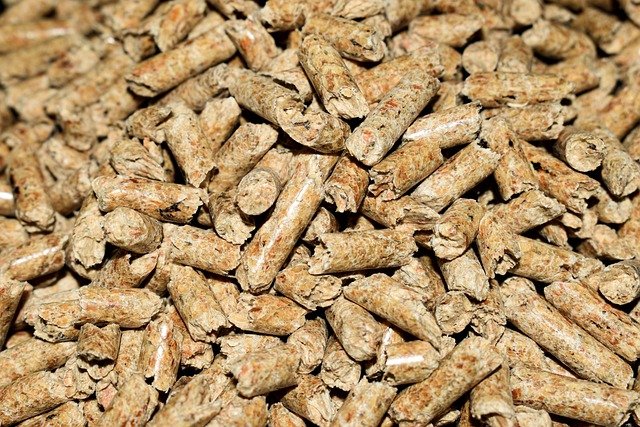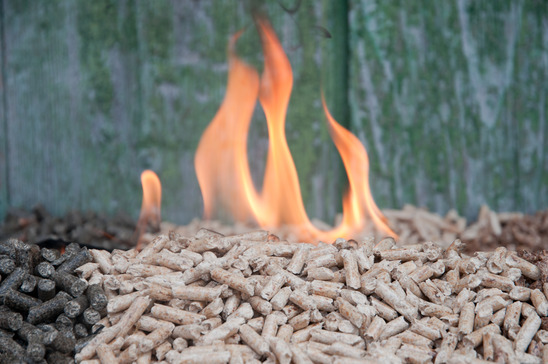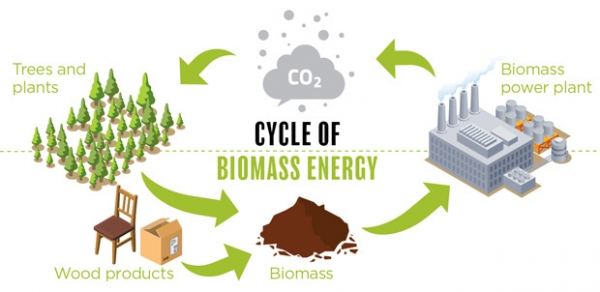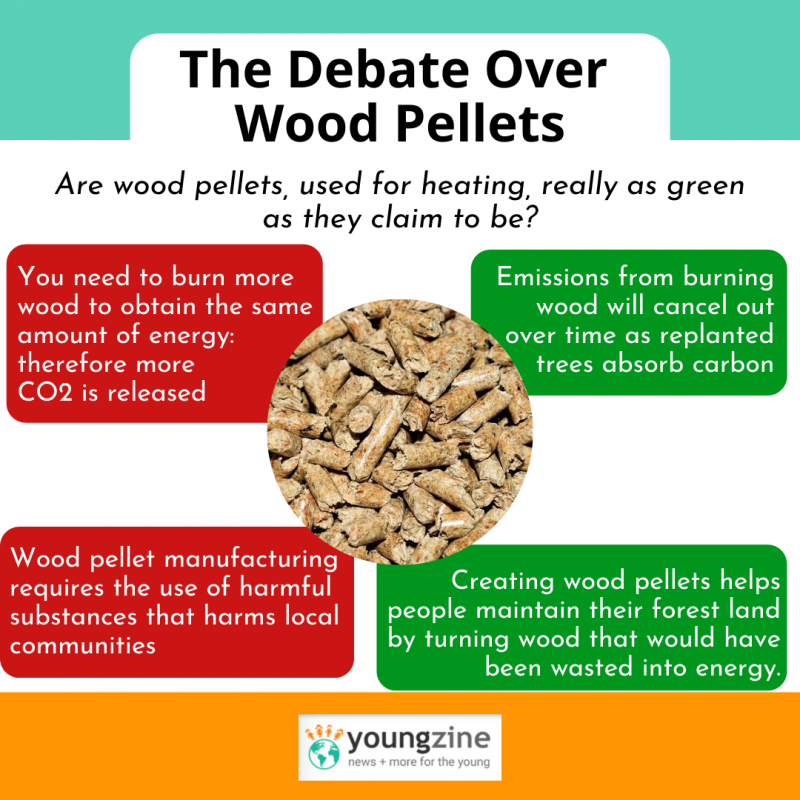 Did you know that nearly 1.8 million homes in the U.S. use wood chips or wood pellets for heating?
Did you know that nearly 1.8 million homes in the U.S. use wood chips or wood pellets for heating?
These organic materials from plants and trees are known as biomass and are considered renewable sources of energy.
But are they really as green as they claim to be? We look at the controversy and both sides of the argument.
The Argument For Wood Pellets
Companies that produce wood pellets claim that the emissions from burning wood will cancel out over time as the replanted trees absorb carbon. This makes it a part of the circular economy, making biomass sustainable and reducing the dependence on fossil fuels.
Biomass companies also argue that forest areas that are properly maintained can regenerate biomass. They often cite that the number of trees in U.S forests is increasing annually due to the replanting practices of the biomass industry.
 Furthermore, one wood pellet producer called Enviva claims that it only sources wood from forests that require frequent thinning to be healthy and the wood quality isn’t good enough for other higher-value products like paper. It argues that its practices help people maintain their forest land by turning the waste into energy.
Furthermore, one wood pellet producer called Enviva claims that it only sources wood from forests that require frequent thinning to be healthy and the wood quality isn’t good enough for other higher-value products like paper. It argues that its practices help people maintain their forest land by turning the waste into energy.
The Concern With Wood Pellets
However, opponents point to the chemicals and pollution from biomass manufacturers. Wood pellet manufacturing requires the use of harmful substances called VOC (Volatile Organic Compounds) that harms local communities.
In addition, wood is less energy-dense than coal, so you need to burn more wood to obtain the same amount of energy that you would have gotten had you used coal. Therefore, more carbon dioxide is released, as the burning is less efficient.
Another controversy is in the way that carbon emissions are counted. The world counts greenhouse gas emissions at the site where the trees are cut down, not where the wood is burned. This means that countries are incentivized to import and burn wood from other places. As an example, the EU, UK, Japan, and South Korea have been able to import wood from the US and make it seem that they have reduced the amount of coal being burned and that they are using green energy. 
Furthermore, although trees do grow back and can store carbon, it can take them 30-100 years to become mature enough to sequester carbon at the ideal rate. Also, when trees are replanted in forests, they are less efficient at absorbing carbon compared to natural forests. In fact, even though the number of trees in forests in the U.S has increased recently, the amount of carbon absorbed has decreased.
Contrary to popular belief, biomass may not be as green as we imagined and a sustainable solution to fossil fuels. What do you think?
Sources: BBC, Slate, EIA








